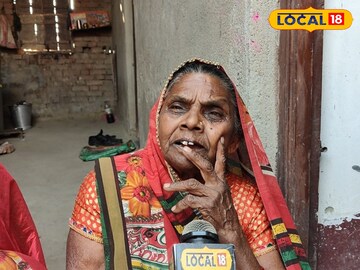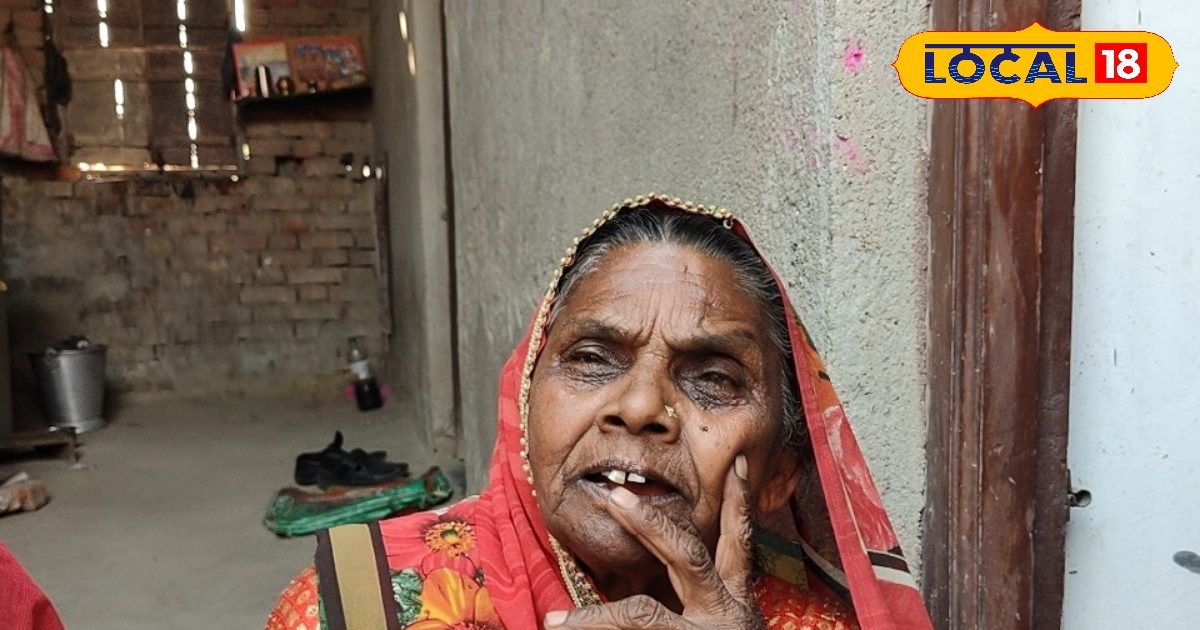Last updated:
Dadi Wedding Story: Chhapra’s grandeur narrates stories of their wedding, where before wooden instruments and bullock carts were used. Now pollution is increasing from DJs and trains.

At that time, beggar Thakur’s laundy dance in Chhapra was famous for entertainment
Highlights
- Earlier the procession used to go by bullock cart.
- Now pollution is increasing from DJs and trains.
- Earlier, the bride’s face did not appear for 40 years.
Vishal Kumar/Chapra. There are many grandeur in Chhapra who tell their wedding stories with great fervor. Culture and civilization is changing rapidly in the modern era. Earlier, special care was taken in the events, but now people are forgetting them, which is affecting our environment and living.
Earlier, in the wedding, wood made of wood was played, due to which no noise pollution was done. Now the trend of DJ has increased, due to which heart patients are being damaged. Earlier the procession used to go from bullock cart or Eka, and the bride and groom used to leave in the doli. Now thousands of vehicles are booked, which spread pollution by walking with petrol and diesel.
Barati arrived by bullock cart
Talking to Local 18, Bhagmati Kunwar said that he was married at the age of 11-12 years. After going to his in -laws, he was not allowed to do any work for 8 years. At his wedding, the groom came from the doli, while the baraati tires arrived in the car and the bullock cart. Heavy gold and silver jewelery were offered. At that time wood slippers were worn and for entertainment, beggar Thakur’s dance, also known as Launda Nach, was extremely popular.
Earlier, they did not see the face for 40 years
Bhagmati Kunwar said that now people are buying the groom and getting married, due to which the daughters shy away from working in the in -laws and say that their father has married the groom and married. Due to this, disputes are increasing and families are shattered. There has been a lot of change in the first and now culture. Now the bride’s head does not even appear on the head, while the first bride’s face could not see the face for 40 years.
